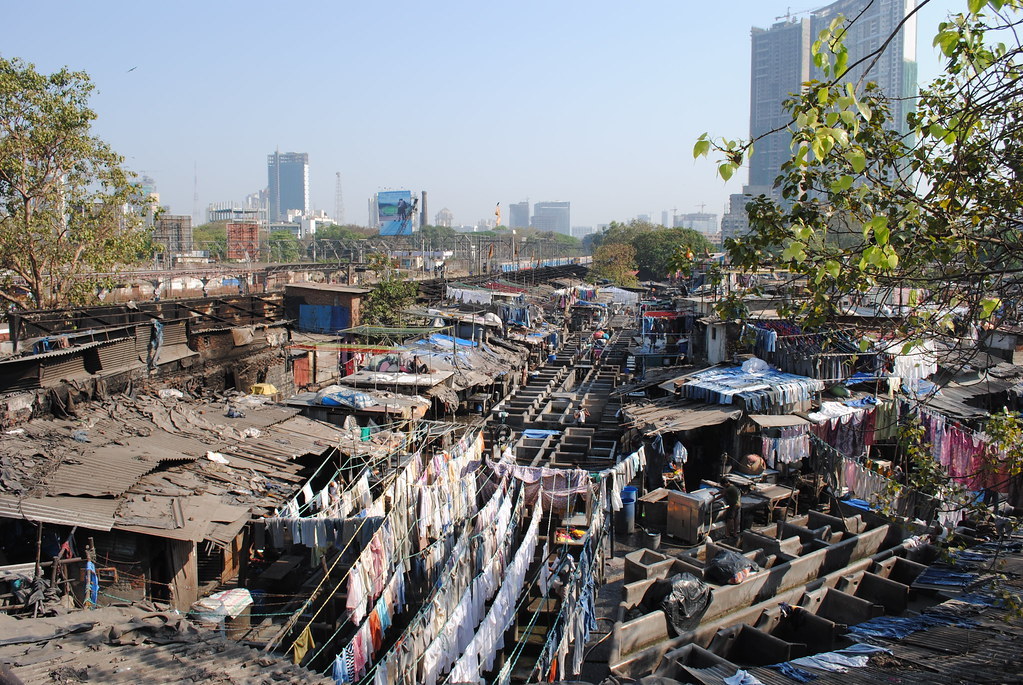Urban Disparities: How Caste Shapes Cities
Built environments are a reflection of the social order and dynamic ideals of society. Neighborhoods and cities are cultural relics shaped by diverse communities, some of whose voices are heard louder than others. In the past few decades, Indian metropolitans have been booming with urbanization. Holding cities back from being Utopian hubs of growth is spatial inequality. The residential segregation that patterns the cities of India can be understood through the caste system. The issue, however, is largely intersectional. Forces rooted in class, religion, and gender also structure the country’s social landscape.
 Picture: Sarah Jamerson under CC BY-NC-ND 2.0 license
Picture: Sarah Jamerson under CC BY-NC-ND 2.0 license